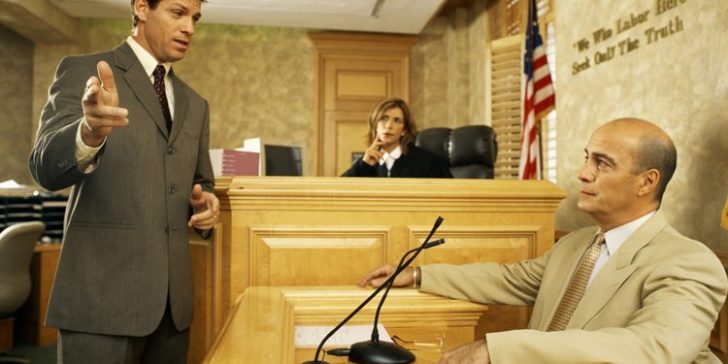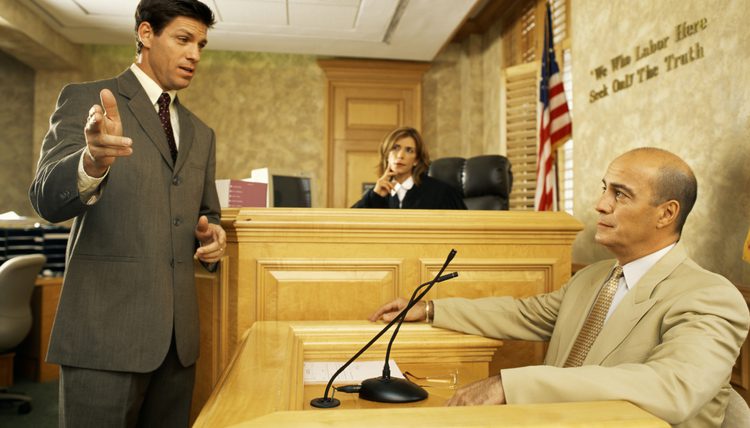
Courtrooms consist of lots of talking. As the lawyers discuss their cases to the jury, each attorney presents a story to show their point of view. It’s not enough to discuss what they think, though. These professionals work hard to build a case full of evidence to back up these claims. The following are four forms of evidence likely to be seen in court.
Testimonial Evidence
Testimony evidence occurs when anyone speaks before the jury, relaying what they saw or heard about the accused. Did a neighbor see something strange? Did friends struggle to keep another friend’s anger under control? It could even be someone discussing the happenings of the crime scene that night.
In addition, experts also fall under this category, providing their specialized explanations that clarify complex subjects. For instance, a finance expert witness explains how someone commits bank fraud or embezzlement, and a doctor may reveal how medicines work or how a patient was treated.
The bailiff swears in witnesses, asking them to tell the truth before the jury. This request is based on the fact that some people act as evidence, corroborating what happened. The court needs them to understand the gravity of telling the real story and not fabricating anything.
Real or Physical Evidence
Judges and juries rely a great deal on the tangible collection of evidence. These are relayed to the jury and include the weapon, the victim or accused clothing, fingerprints and other supplies. Usually, these items stay focused don’t the main event or accusation and crime scene.
Demonstrative Evidence
People think through issues in several ways: logical and emotionally. Legal teams rely on demonstrative evidence to relate to the logical minds in front of them. This form of proof breaks down the information and is provided through graphs and charts. These may be paired with the witnesses to clarify or assist a visual learner.
Document Evidence
Did the defendant leave a trial of notes or emails? Were texts sent between people to discuss the crime? These written forms of communication fall under the document evidence category. Attorneys may ask for specific legal papers or writing also to be considered for the jury to review.
Lawyers build their case around several forms of evidence, looking for anything that can highlight their point of view. From physical evidence to witness territory, these experts aim to validate their stories with as much data as possible,
